

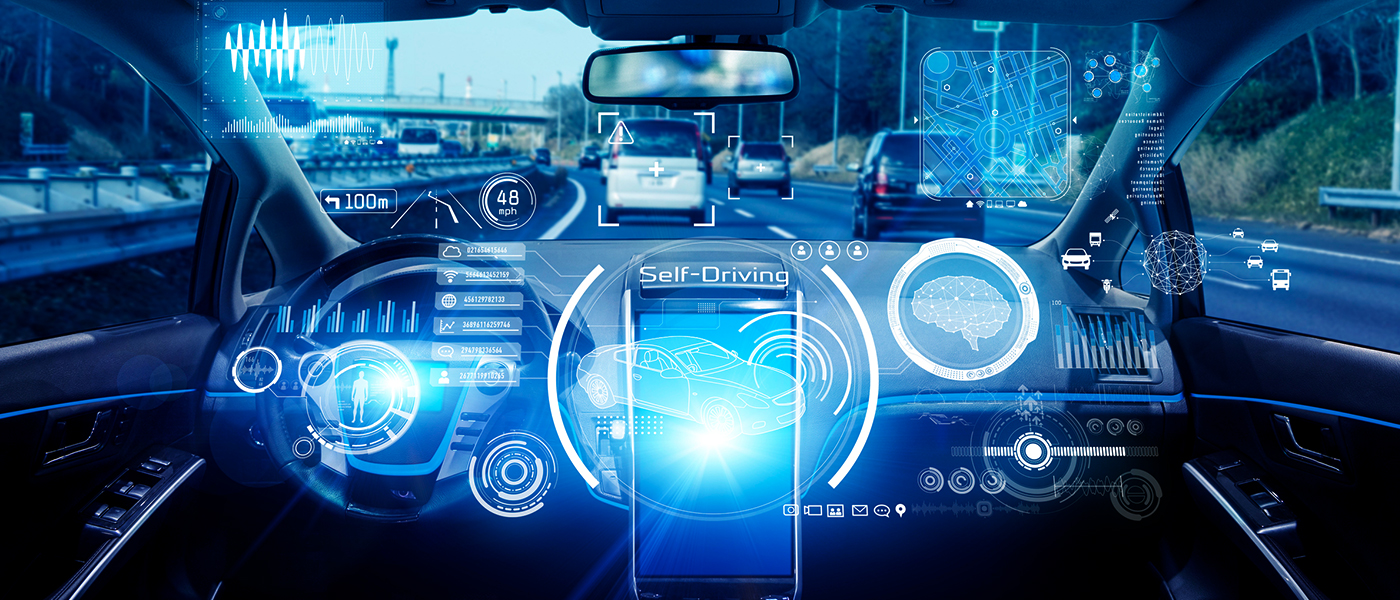
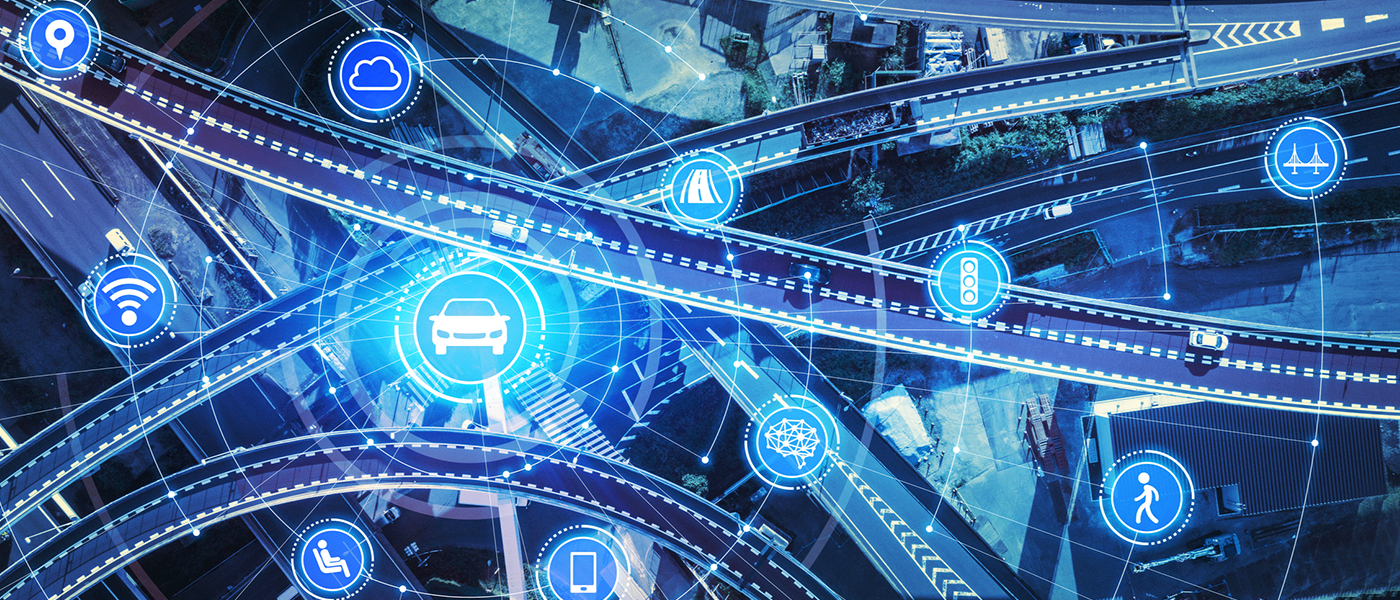
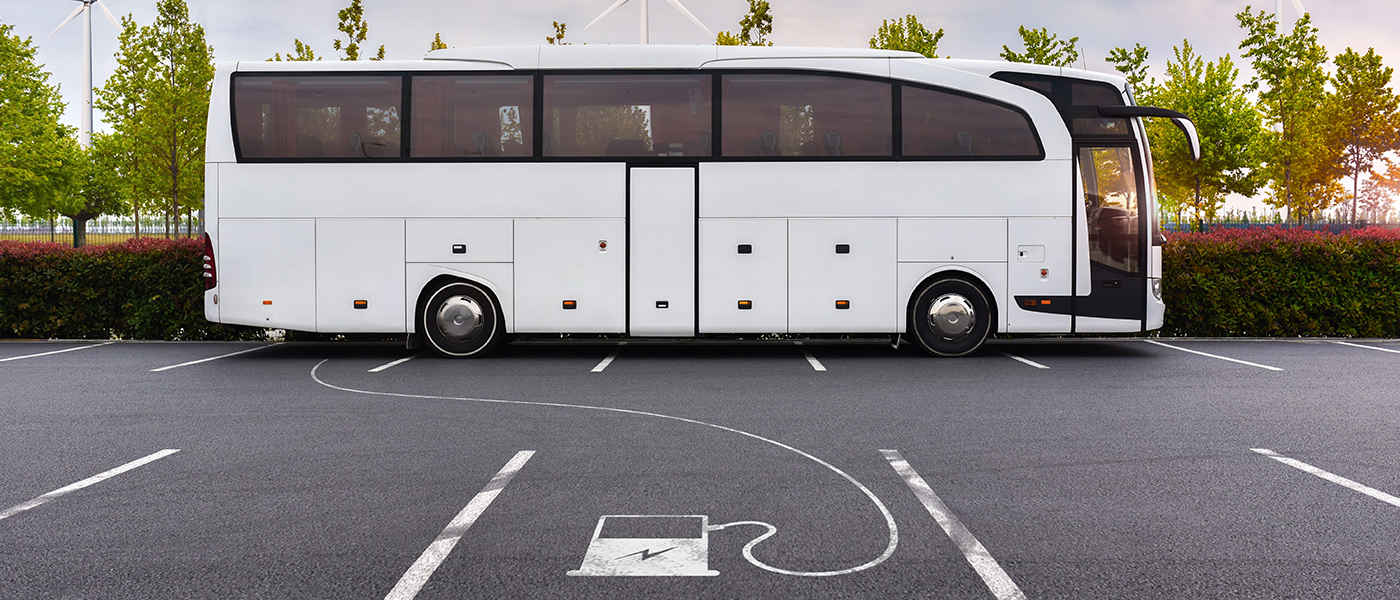

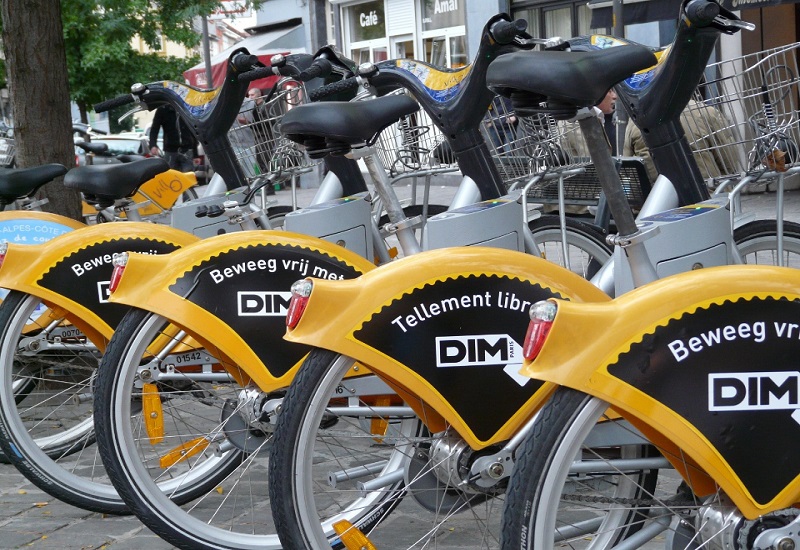
Micromobility is emerging as one of the most attractive forms of sustainable mobility in the future. This research explores the dominant sharing modes, developments, technology advancements, challenges, new business models, and growth opportunities for stakeholders.

Malaysia's TIV dropped by 12.4% in 2020 due to the pandemic. From this research, examine the top business developments affected by the changing dynamics of the autonomous ecosystem and how on-demand delivery services will lead eCommerce industry growth and demand.
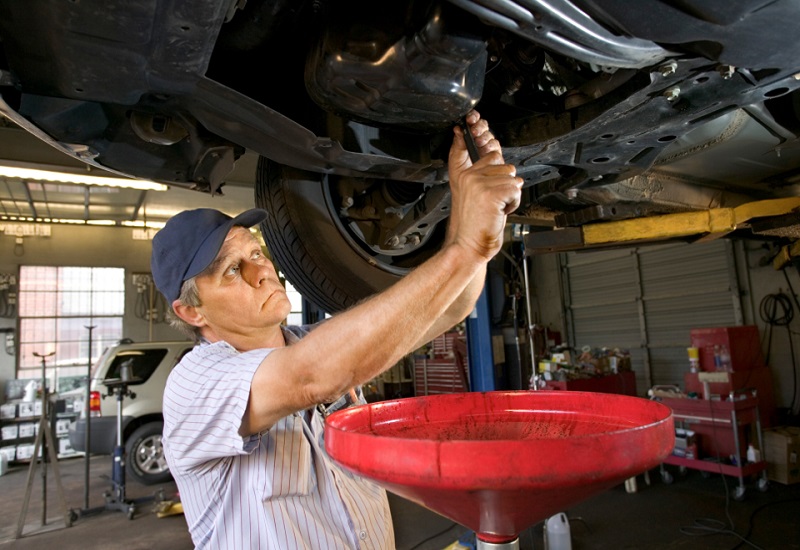
This analysis covers the independent automotive aftermarket vehicle service technicians’ choice of tools. In this research, get an overview of the most influential factors impacting the purchase decision, brand reputation, distribution channels, drivers, and industry performance.

1. Time for change
2021 will (fingers crossed) go down in history as the year the world started to take climate change seriously. In April, the UK and Chinese governments announced ambitious goals of achieving carbon zero by 2050 and 2060 respectively. America plans to achieve a 50-52% reduction from 2005 levels in economy-wide net greenhouse gas pollution by 2030.
In the corporate world, high-tech businesses such as Microsoft, Apple and Novo Nordisk and service companies such as EY, Sky and KPMG have set their sights on achieving carbon zero by 2030. The more energy intensive industries including manufacturers (Cemex, Holcim and Tetrapak), oil and gas firms (BP, Shell and Total) and airline companies (BA, American Airlines and Japan Airlines) plan to reach this target by 2050.
Schedule a consultation with an industry expert at no charge by contacting us at myfrost@frost.com. We are taking unprecedented action to make our team available to help you cut through the media and politics to get factual one-to-one guidance for the issues and opportunities that matter most to your business.
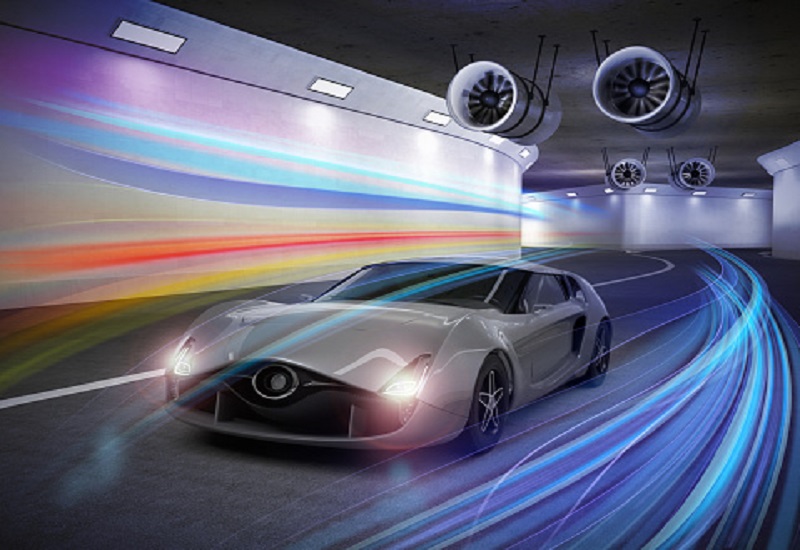
CES Automotive & Transportation: Transformational Growth Strategies and Key Highlights
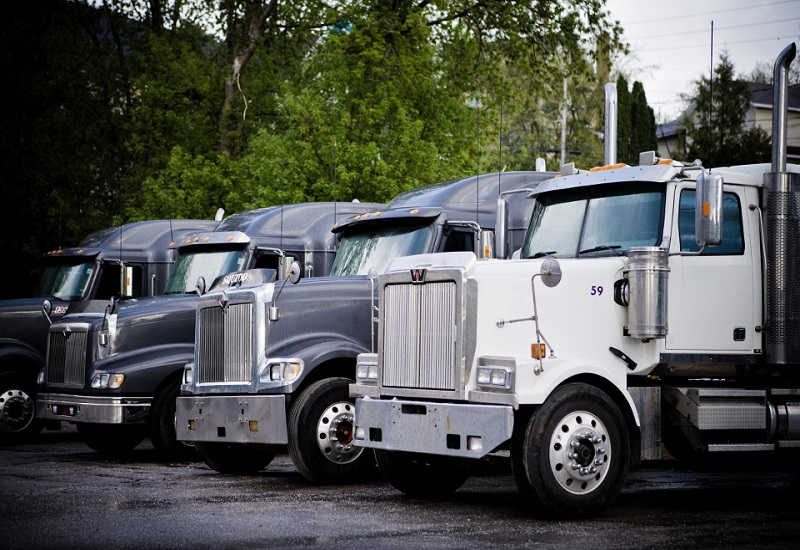
Emerging Growth Opportunities in the Evolving North American Class 4–8 Truck Axle Differential Aftermarket
Read more Request Info
Transportation & Logistics Sector to Fuel the Growth of Thailand's Connected Trucks Telematics Segment
Read more Request Info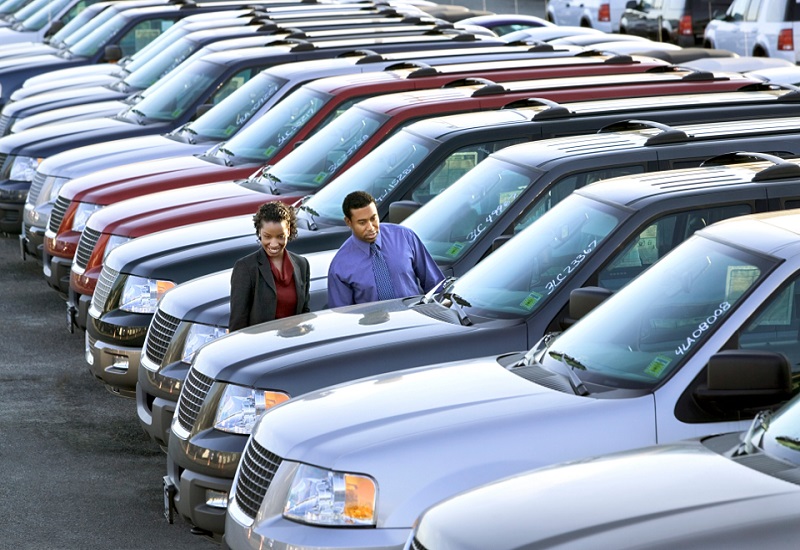
Strategic Insights and Potential Growth Avenues Transforming the Global SUV Sector
Read more Request Info
Growth Hubs in the Asia-Pacific Automotive Spare Parts Distribution and Retail Landscape
Read more Request Info
Future of Melbourne as a Smart City: Futuristic Strategies and Innovative Mobility Solutions Drive Growth
Read more Request Info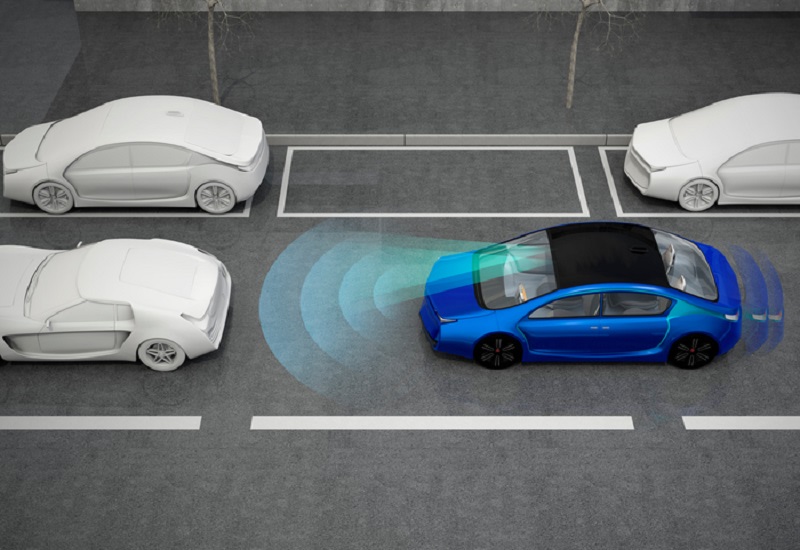
5G Technology and Use Cases: Ushering in a New Spectrum for the Automotive Industry
Read more Request Info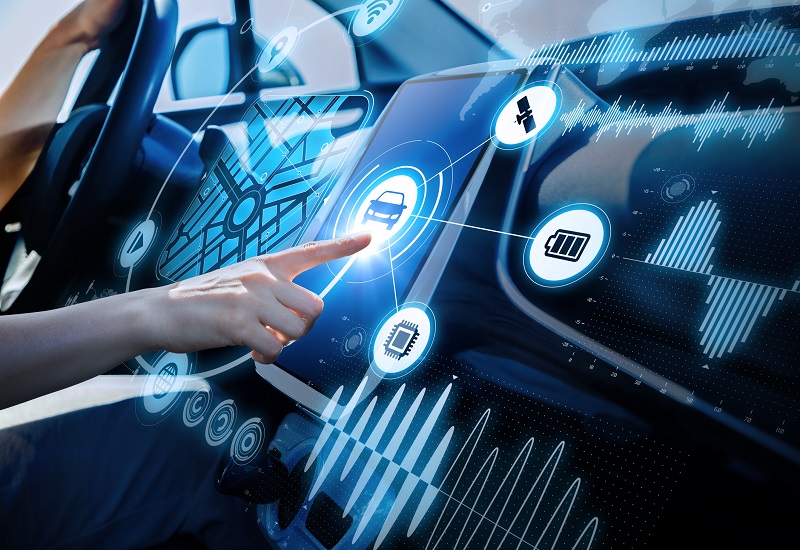
Digitization Powering Innovative Growth Prospects in the Indian Passenger Vehicle Industry
Read more Request InfoIn the automotive industry’s march towards decarbonization, one key aspect has been that of fleet electrification. Fleets have often been indicted for their high emission levels, underscoring the impact that electrifying fleets will have on environment-friendly transport practices. Today, fleet electrification is becoming not just a “nice-to-have” but a “must-have” goal. Governments have begun clamping down on vehicular emissions with increasingly stringent emissions targets.
Read More
A key trend that has emerged as a result of COVID-19 has been the emphasis on health and wellness in relation to mobility. Consequently, we have seen shared mobility modes, both private and public, taking a knock with several shared mobility companies repurposing their fleets for essential services delivery. In contrast, the fortunes of micro-mobility modes, particularly e-scooters and e-motorcycles, for personal mobility and food/goods delivery have soared.
Read More
Welcome to our personal Hunger Games…the battle for space on metros and buses, for a parking spot, through road traffic that looks more congested than a pub on Friday evening. This everyday dystopia is only going to get worse as exploding populations and surging demand for mobility outstrip the overburdened transport networks of our cities. As urban mobility woes mount, I’ve had a ringside view of a promising solution – integrated transport command and control – that is easing the way I live, work and move around Dubai.
Read More
Mobility patterns across cities are highly influenced by Mega Trends, global events, changing work environments, and shifting industry structures, which have a direct correlation with commuting preferences. The ongoing COVID-19 pandemic is expected to affect the mobility industry for the foreseeable future. Industries and organizations have been forced to rethink the possibilities of their workforce working from home while staff considers new remote working set-ups away from congested cities.
The global automotive industry is rapidly evolving in terms of technology and tackling environmental issues. The development of hydrogen fuel cells for mobility applications is gaining traction as global economies strive to achieve zero-emission targets. In line with this clean energy goal, governments and original equipment manufacturers (OEMs) are expediting progress to achieve commercial-scale deployment of fuel cell electric vehicles (FCEVs), identifying potential opportunity areas in trucking applications and related ecosystems.
The automotive ecosystem is shifting toward integrating multiple domains, such as the Internet of Things (IoT), connected vehicles, autonomous vehicles, and vehicle-to-everything (V2X) communication. This growing consolidation and shift in focus will define the software-defined, connected cars of the future.
Read more